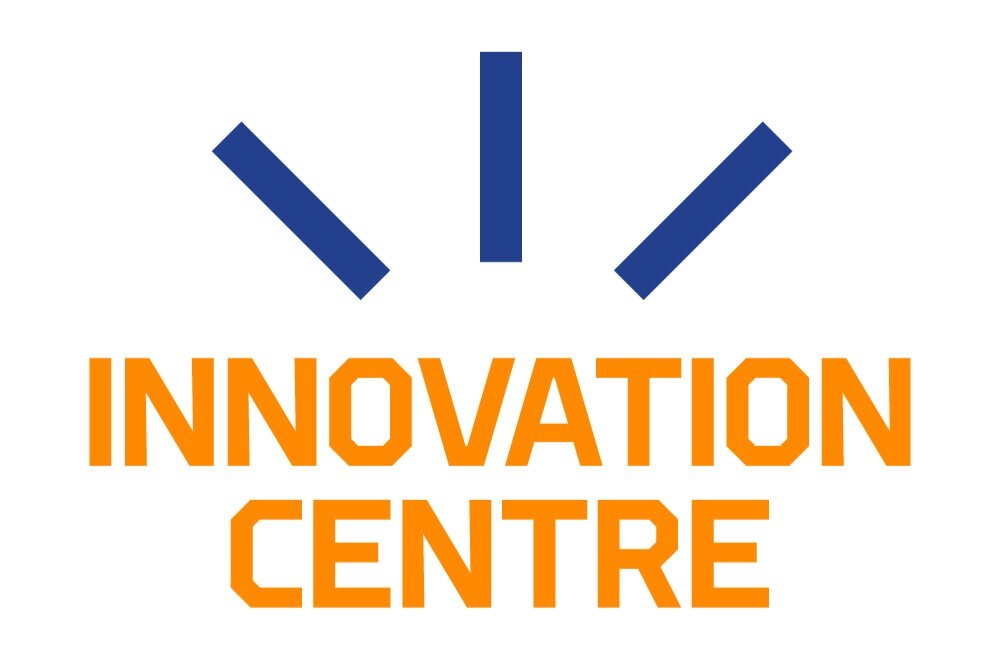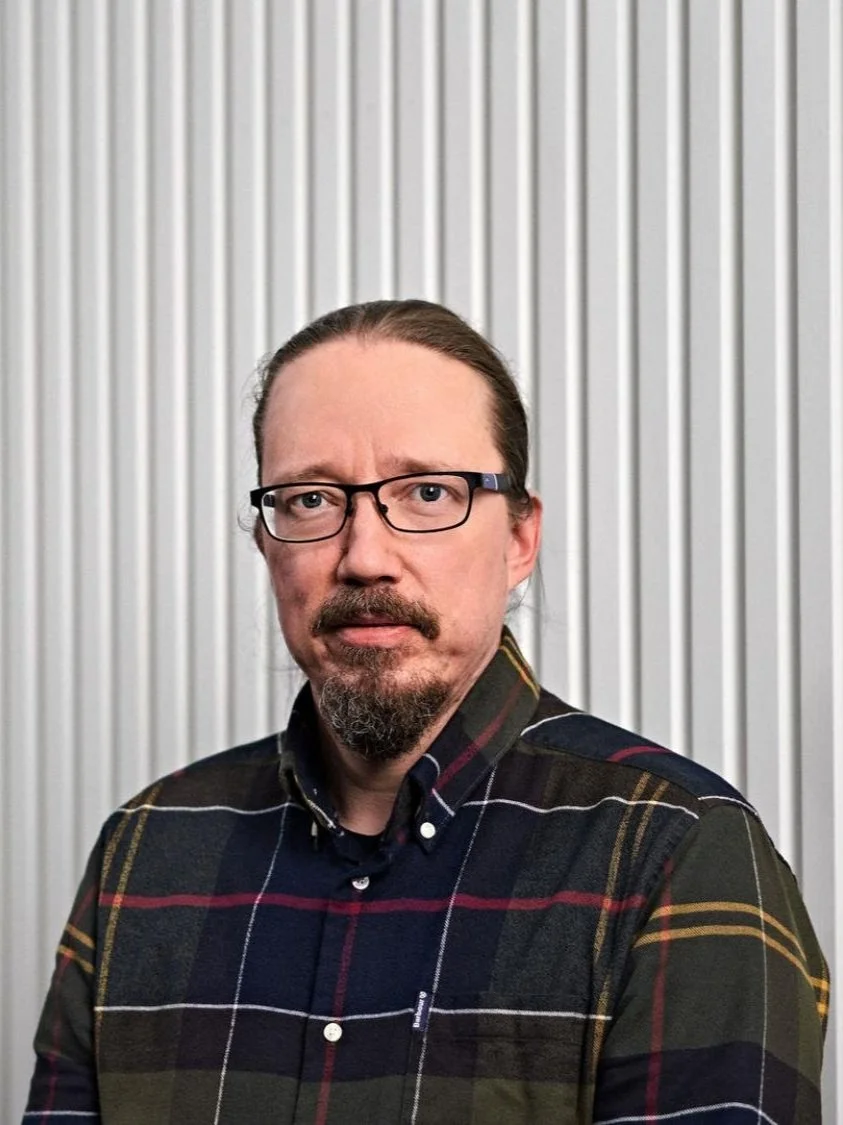Lari Lehtiö and his team explore new protein-based treatments for cancer and inflammatory diseases
Lari Lehtiö’s research group.
World Health Day is celebrated annually on April 7th, aiming to raise awareness of global health challenges and well-being. One of the biggest challenges in medicine remains cancer treatment and the development of new therapies. At the University of Oulu, Professor of Structural Biology Lari Lehtiö and his team are conducting groundbreaking research to discover new ways to treat cancer and inflammatory diseases by studying protein structures and functions.
Proteins at the core of research
Proteins are essential for human life — they are the building blocks of our bodies, forming cells, connecting them, and catalyzing critical chemical reactions. They play a vast number of roles, from transporting vital substances to supporting immune defense. When proteins malfunction, diseases can emerge. Even small molecular changes in proteins can, over time, lead to cancer and other diseases. This is why many drugs aim to either activate or inhibit specific proteins.
This is the core expertise of Lehtiö’s research team: they investigate the three-dimensional structure, function, and regulation of proteins. From a drug development perspective, they are particularly interested in ADP-ribosyltransferases, a group of signaling proteins in cells. These proteins help cells maintain balance and respond to stress signals, playing crucial roles in inflammation regulation, DNA repair, and cell differentiation. By targeting and modifying these proteins, the team aims to pave the way for new medical breakthroughs.
"Much of our research involves experimentation. We produce proteins, analyze their structures, and often identify functions that could be interesting to inhibit with small molecules", Lehtiö explains. "After discovering the first promising small molecules, we then assess their potential as drug candidates."
From patents to new treatment options
Lehtiö’s research has already led to three patents. One of them covers the GAP-tag method, developed by his team, which enables the precise attachment of ADP-ribosyl groups to fusion proteins. This method facilitates the study of proteins involved in ADP-ribosylation and has also enabled high-throughput screening of compounds that may impact these proteins in early-stage drug discovery. These innovations have the potential to accelerate the development of new cancer and antiviral drugs by providing researchers with more efficient tools for analyzing protein functions.
The team has also patented a promising compound called OUL35, which could aid in cancer treatment by inhibiting specific ADP-ribosylating PARP enzymes. These enzymes play a key role in repairing DNA damage in cancer cells, and their inhibition can make cancer cells more vulnerable. Unlike existing cancer drugs, OUL35 works through a novel mechanism, offering potential new treatment options for certain types of cancer. This discovery could lead to more precise and effective cancer therapies.
The third patent involves another new chemical compound, discovered in collaboration with researchers from the University of Perugia. The compound, known as TBT, can inhibit multiple PARP enzymes that are crucial in the development of cancer and inflammatory diseases. TBT has shown promising cell-based results, with its inhibition mechanism confirmed through various experimental methods. Moreover, its high solubility and stability make it a strong candidate for further development into cancer and anti-inflammatory drugs.
Lehtiö’s research group is making strides toward more targeted and effective treatments for cancer and other severe diseases.
"I hope that one of the proteins we study will become a viable drug target. Even if the final drug isn’t developed by my research team, I would love to see a new treatment reach clinical use", says Lehtiö. "Many current cancer drugs have significant side effects, so our goal is to develop more precise and patient-focused treatments. One of our next steps is to find collaboration partners to help take our innovations forward!"
In the interview
Lari Lehtiö
Professor of Structural Biology
University of Oulu



